If you find someone who is unconscious, not breathing, or showing signs of an SCA, time is of the essence. International resuscitation councils recommend that you assume it is SCA and act quickly.
Defibrillators are designed for anyone to use, no matter their age or experience. Do not hesitate to use one. If you suspect someone is suffering from an SCA follow these steps:

Call 999 and ask for an ambulance

Begin CPR
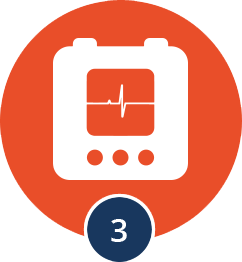
Find a nearby defibrillator

Hand over to the emergency services
As a UK distributor for HeartSine and Physio defibrillators, we supply four key models. We provide devices that offer the best possible outcome when responding to Sudden Cardiac Arrest. These devices are not only to help to prevent a worst case scenario but also to contribute to a person’s quality of life following an SCA.

Adult patient or child patient?
This determines which electrodes are inserted into the device.
If child electrodes are not available the guidelines set out by the Resus council is that adult electrodes should be used.

Call for medical assistance.
Remove clothing from patients chest to expose bare skin.
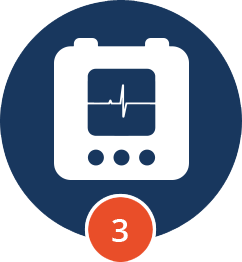
Open and apply electrodes to patients bare chest.
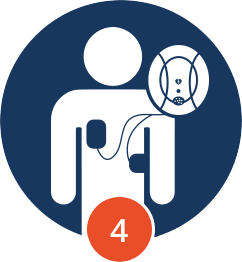
Press electrodes firmly to patients bare skin.
If a shock is advised the defibrillator will say:
“Shock advised, stand clear of the patient, press the orange shock button now”. “Shock delivered.”
A fully automatic defibrillator delivers a shock without further intervention following a warning.
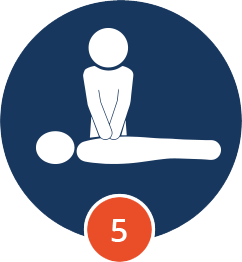
You will then be prompted to carry out CPR.
“Begin CPR. It is safe to touch the patient. Place overlapping hands in the middle of the chest, press directly down on the chest in time with the metronome.”
When two minutes of chest compressions have been completed the defibrillator will prompt you to stop chest compressions; “stop CPR.”
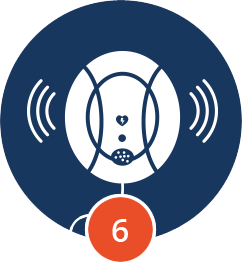
The defibrillator will again access the patient’s heart rhythm: “assessing heart rhythm, do not touch the patient.”
Sometimes no shock is needed in a lifesaving situation, the defibrillator will advise you on this; “no shock advised” and will advise you to continue CPR.